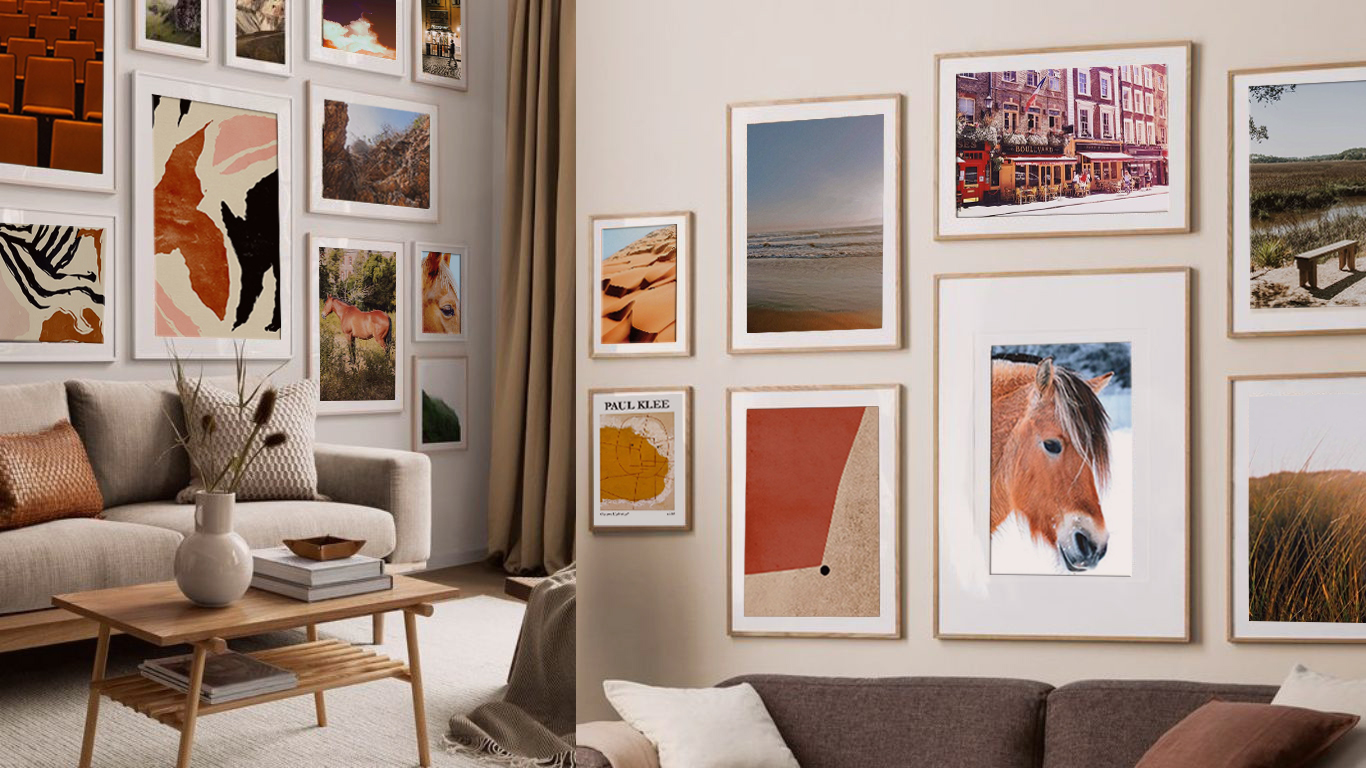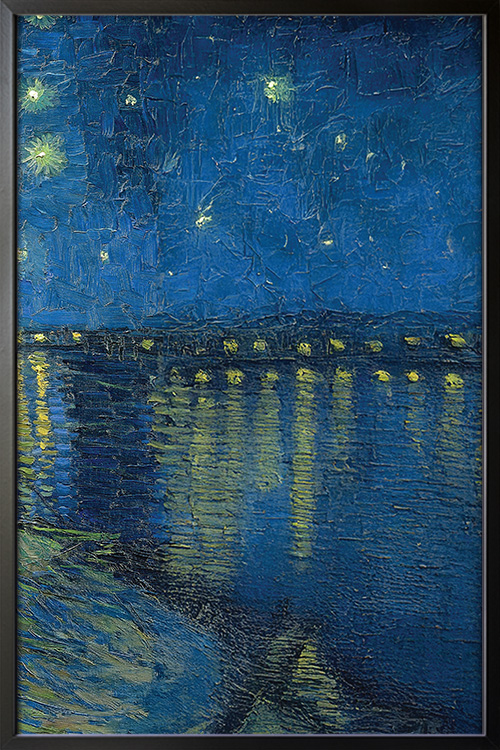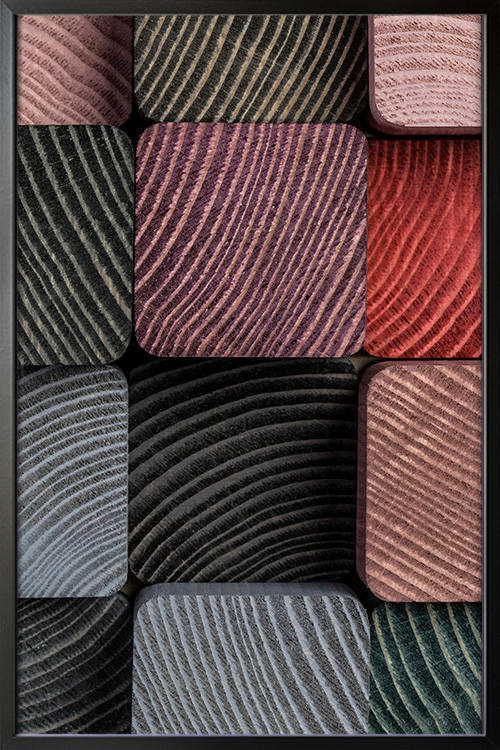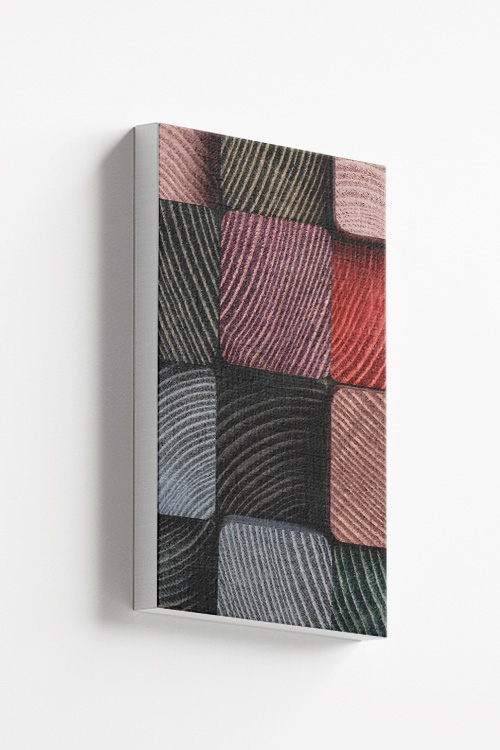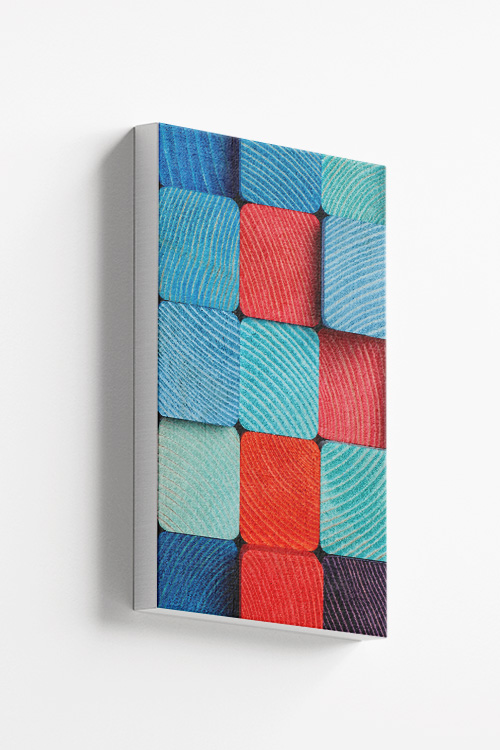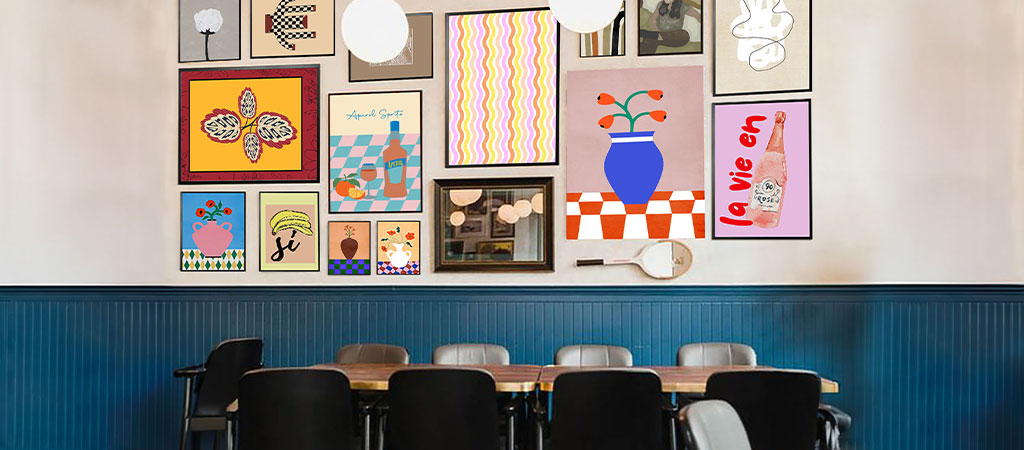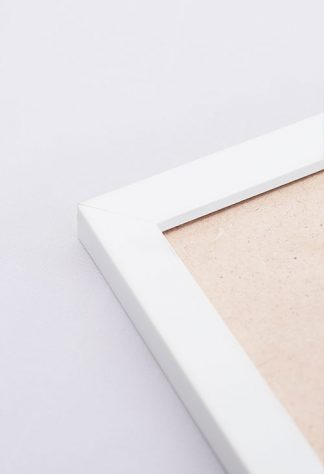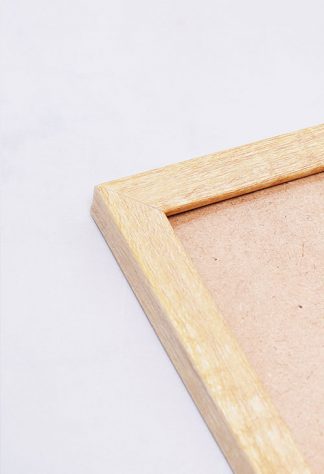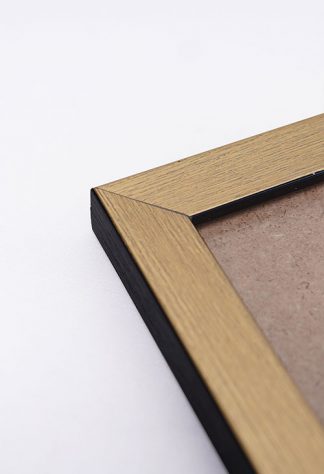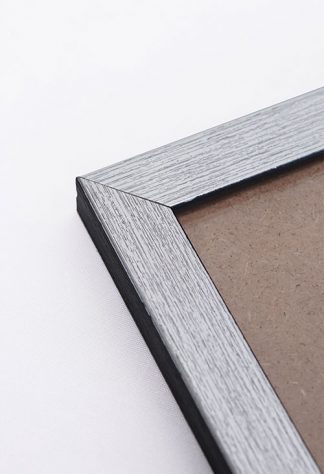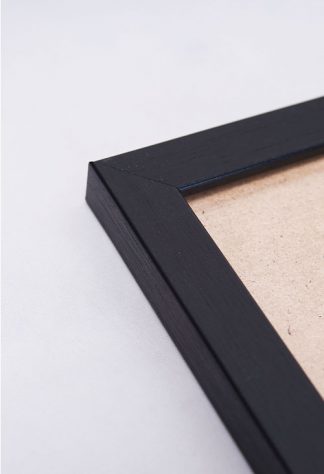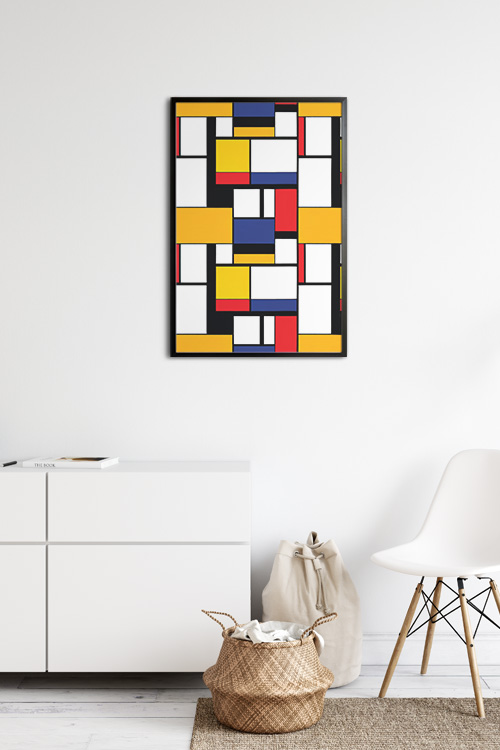
Achieving a high-end-looking interior decoration doesn’t have to mean breaking the bank. With smart choices, creativity, and a few investments, you can transform your space into a luxurious haven without overspending. Here’s how to create a sophisticated and stylish home, all within your budget.
Invest in Key Statement Pieces
One of the best ways to make a space feel upscale is to have a few standout pieces that act as focal points. Instead of splurging on everything, choose one or two high-impact items, such as a stylish sofa, an elegant coffee table, or a bold chandelier. When selecting these pieces, consider their design, quality, and how they fit into your overall decor scheme. These decorative elements draw the eye and set the tone for the rest of the room.
Choose Classic and Timeless Styles
Trendy designs can quickly become outdated, but classic pieces always exude elegance. Choose furniture and decor with clean lines, neutral tones, and sophisticated finishes like brass, marble, or rich wood. A timeless aesthetic ensures your space remains stylish for years, providing a sense of reassurance while allowing you to update accessories affordably.
Play with Textures and Layers
Luxury is often associated with depth and richness, which can be achieved by layering different textures. Mix velvet cushions, woven throws, silk curtains, and wooden furniture to create a sophisticated and inviting atmosphere. These textural contrasts give a space a polished and expensive feel without requiring costly upgrades.
Use Lighting to Elevate Your Space
Good lighting can dramatically enhance a room’s ambiance. Invest in elegant light fixtures such as chandeliers, pendant lights, or sculptural table lamps. Warm, dimmable lighting creates a cozy and upscale environment. Additionally, adding mirrored surfaces or metallic finishes helps reflect light, making the room appear brighter and more luxurious. Understanding the power of lighting can truly elevate your space.
Opt for Large-Scale Art and Mirrors
Art and mirrors can instantly elevate a space. Large-scale artwork or art prints make a bold statement and create a gallery-like effect. If original artwork is out of the budget, consider DIY paintings or high-quality prints in oversized framesdget. Mirrors, especially those with ornate or sleek metallic frames, reflect light and add depth, making any room look and feel large.
Accessorize Thoughtfully
A clutter-free space with well-chosen accessories exudes sophistication. Select a few high-quality decorative items, such as elegant vases, coffee table books, or sculptural elements. Trays, candles, and decorative bowls can help organize and enhance the aesthetics of side tables and countertops. Less is more when creating a refined and luxurious look.
DIY and Upcycle Furniture
Transforming old furniture with a fresh coat of paint, new hardware, or updated upholstery can give it a high-end feel at a lower cost. For an instant luxe upgrade, consider spray-painting thrifted items in gold or matte black. Refinishing wood surfaces or adding marble contact paper to tables can also create a polished appearance on a budget.
Use Quality Fabrics and Materials
When selecting textiles, choose high-quality, rich-looking materials. Linen, velvet, and faux fur can make a space more luxurious. Consider upgrading throw pillows, drapes, or bedding with these textures to enhance the room’s elegance without replacing major furniture pieces.
Maintain a Cohesive Color Palette
High-end interiors often feature well-coordinated color schemes. Stick to a neutral base with props of rich jewel tones or metallic accents to create a refined and elegant look. Coordinating colors across walls, furniture, and accessories creates a seamless and sophisticated aesthetic.
Pay Attention to Details
Luxury is in the details. Keep your space well-organized, ensure well-maintained furniture, and focus on small finishing touches like stylish door handles, elegant curtain tiebacks, or decorative molding. A clean and polished look makes any home feel more expensive and well-designed.


